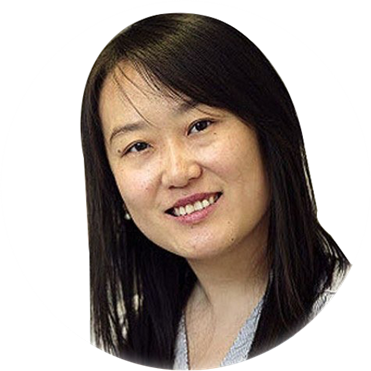
Upcoming Lectures

Upcoming Lectures
Lecture 3 Dynamic Plasmonic Systems with Controlled Motion on the Nanoscale
纳米尺度运动可控的动态等离子体系统
日期: 2022-11-09 点击:
Speaker Bio

Prof. Laura Na Liu received her Ph. D in Physics at University of Stuttgart. She then worked as a postdoctoral fellow at the University of California, Berkeley and as a Texas Instruments visiting professor at Rice University, respectively. Before she became a professor at the Kirchhoff Institute for Physics at University of Heidelberg in 2015, she had worked as an independent group leader at the Max-Planck Institute for Intelligent Systems. In 2020, she joined University of Stuttgart and became the Director of the 2. Physics Institute.
刘娜教授,于德国斯图加特大学获得物理学博士学位。随后于加州大学伯克利分校从事博士后研究,并担任莱斯大学德州仪器公司访问教授。2012年于德国马克斯·普朗克智能系统研究所从事独立研究工作,2015-2020年于海德堡大学物理系工作,任终身教授。2020年加入斯图加特大学,现任第二物理研究所所长。
Abstract
A fundamental design rule that nature has developed for biological machines is the intimate correlation between motion and function. One class of biological machines is molecular motors in living cells, which directly convert chemical energy into mechanical work. They coexist in living cells, but differ in their types of motion. Such natural structures offer inspiration and blueprints for constructing DNA-assembled artificial systems with controlled motion on the nanoscale. In this talk, I will present two artificial analogs of molecular linear and rotary motors with tailored optical functionalities built using DNA origami. I will also highlight the ongoing research directions and conclude that DNA origami has a bright future ahead.
自然界中生物机器的基本设计规则是建立运动与功能之间的密切联系。分子马达作为活细胞内重要的一种生物机器,可直接将化学能转化为机械能。它们共存于活细胞中,但运动类型差异显著。分子马达的天然结构为构建纳米尺度运动可控的人工DNA组装系统提供了灵感和启发。此次报告将分别介绍两种人工模拟的分子线性和旋转马达,二者均利用DNA折纸建立了特定的光学功能,并对DNA折纸未来研究方向与发展前景进行了总结与展望。


